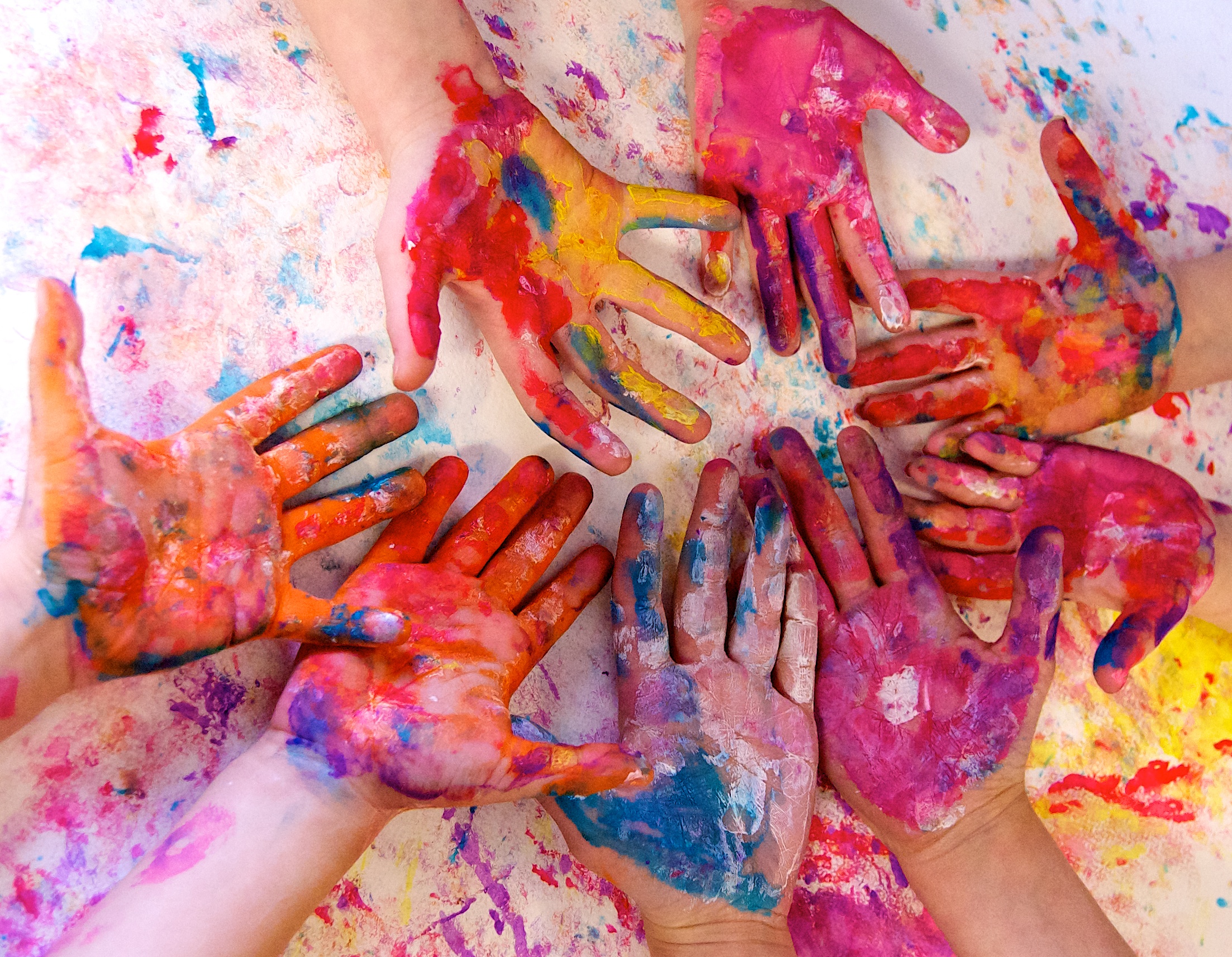Art therapy is defined as “…a treatment based on the interaction of the creator, the creation, and the therapist” (Freilich and Schechtman, 2010, p. 98). There are many ways to define art therapy and the definition itself is debated on across the field, along with the difference between an art therapist and a creative counselor. An art therapist has had training and has the knowledge of development through art and a creative counselor uses expressive arts incorporated into psychotherapy, but has not had proper training (Rosen & Atkins, 2014). I am a clinician, who would be classified as a “creative counselor” by this definition. I work with children every day and incorporate art assessments to help build rapport with my clients. Historically, art therapy was based off of the psychoanalytic theory, but more art therapists are started to lean towards a more humanistic model. The analysis of a client’s artwork is influenced by which theory the art therapist practices more and will determine the interpretation of the work. Art therapy assessments are meant to support or question mental health diagnoses and are meant to show visual representation of symptoms. I also use these art assessments in sessions to assist children and adolescents with expressing themselves in a visual manner, especially when a youth has a particularly difficult time finding words for their emotions. Incorporating art assessments and elements of art therapy into my practice has provided me with additional tools when assisting our youth in overcoming their challenges and providing a different medium for them to express themselves.
If you or someone you know needs help please contact the Youth Crisis Center Hopeline at 1-877-720-0007 or the Jacksonville Youth Crisis Center at 904-720-0002.

